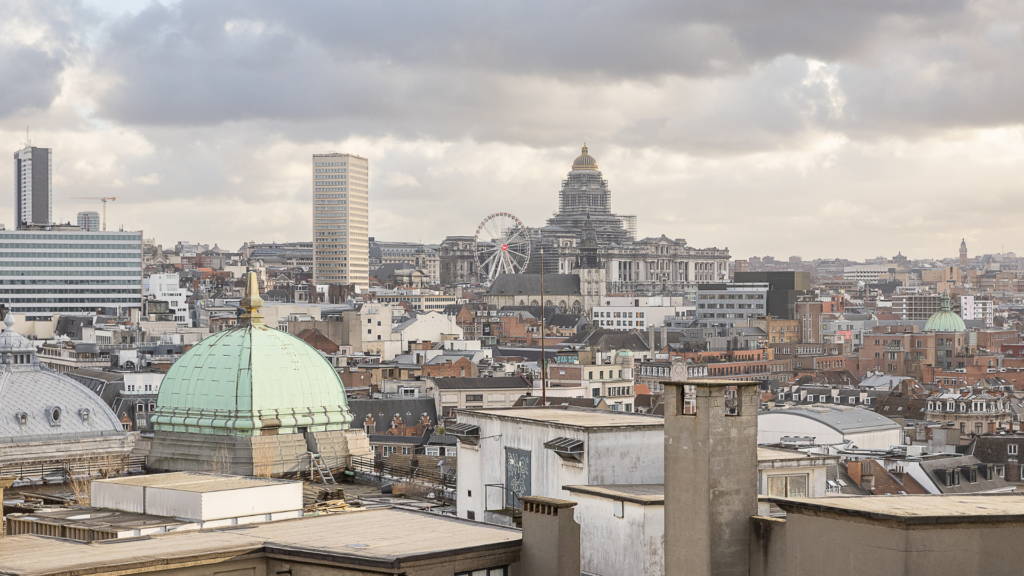Discover the population dynamics that transformed Brussels’ landscape over a decade;
✔ Brussels-Capital Region population exceeded 1.2 million in 2025.
✔ City of Brussels, Schaerbeek, and Anderlecht are the top three most populated municipalities.
✔ Schaerbeek lost 767 residents; Etterbeek decreased by 598 people.
Which Brussels municipalities are most populated in 2025?

The overall population in the Brussels-Capital Region surpassed 1.2 million in 2025, according to recent figures published by the Interior Ministry. However, not all of Brussels' municipalities increased their number of residents.
On the first day of 2025, Brussels was home to 1,250,862 people. This marks an increase of 6,847 people compared to January 2024.
The growing population of Brussels is not a new trend. Since 2015, Brussels' population has grown by 82,911 people – around 7% in ten years.
Compared to 2024, most municipalities welcomed a similar or higher number of residents. Notably, there was a 0.8% increase in residents in the City of Brussels, and a 1.7% increase of people living in Anderlecht.
Nonetheless, some municipalities saw a decline in their population in 2025. Schaerbeek, for example, had 767 fewer residents this year. Similarly, Etterbeek's population reduced by 598 people.
Overall, the municipalities which take the crown for being the most populated in 2025 are the City of Brussels (197,129), Schaerbeek (129,086), Anderlecht (128,063), Molenbeek-Saint-Jean (98,515), Ixelles (89,576), and Uccle (86,916).
The least populated municipality was Koekelberg, with 22,898 people.
Comparing the data over the last ten years paints a clearer picture of how much the population has grown and decreased across Brussels' 19 communes.
However, despite the changes, some trends observed in 2015 remain true ten years later.
In 2015, the most populated communes were the City of Brussels (174,377), Anderlecht (115,487), Schaerbeek (129,280), Molenbeek-Saint-Jean (94,801), and Ixelles (84,518). The least populated was Koekelberg (21,459).
